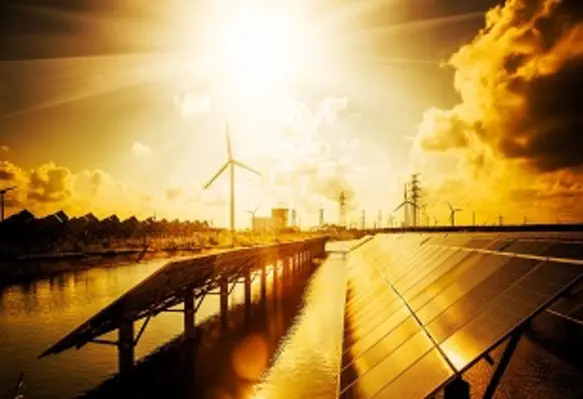Investment in clean energy technologies is significantly outpacing spending on fossil fuels as affordability and security concerns triggered by the global energy crisis strengthen the momentum behind more sustainable options, according to the IEAs latest World Energy Investment report
Around US$ 2.8 trillion is set to be invested globally in energy in 2023, of which more than US$1.7 trillion is expected to be put into clean technologies – including renewables, electric vehicles, nuclear power, grids, storage, low-emissions fuels, efficiency improvements and heat pumps – according to the IEA’s report. The remainder, slightly more than US$1 trillion, is going to coal, gas and oil.
Annual clean energy investment is expected to rise by 24% between 2021 and 2023, driven by renewables and electric vehicles, compared with a 15% rise in fossil fuel investment over the same period, with more than 90% of this increase coming from advanced economies and China.
“Clean energy is moving fast – faster than many people realise. This is clear in the investment trends, where clean technologies are pulling away from fossil fuels,” said IEA executive director Fatih Birol. “For every dollar invested in fossil fuels, around 1.7 dollars are now going into clean energy. One shining example is investment in solar, which is set to overtake the amount of investment going into oil production for the first time.”
Led by solar, low-emissions electricity technologies are expected to account for almost 90% of investment in power generation. Consumers are also investing in more electrified end-uses. Global heat pump sales have seen double-digit annual growth since 2021. Electric vehicle sales are expected to leap by a third this year after already surging in 2022.
Clean energy investments have been boosted by a variety of factors in recent years, including periods of strong economic growth and volatile fossil fuel prices that raised concerns about energy security, especially following Russia’s invasion of Ukraine. Enhanced policy support through major actions like the US Inflation Reduction Act and initiatives in Europe, Japan, China and elsewhere have also played a role.
The biggest shortfalls in clean energy investment are in emerging and developing economies, with investment in many countries being held back by factors including higher interest rates, unclear policy frameworks and market designs, weak grid infrastructure, financially strained utilities, and a high cost of capital.
Spending on upstream oil and gas is expected to rise by 7% in 2023, taking it back to 2019 levels. The few oil companies that are investing more than before the Covid-19 pandemic are mostly large national oil companies in the Middle East. The oil and gas industry’s capital spending on low-emissions alternatives such as clean electricity, clean fuels and carbon capture technologies was less than 5% of its upstream spending in 2022.









